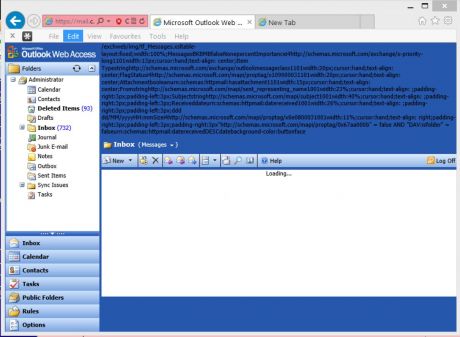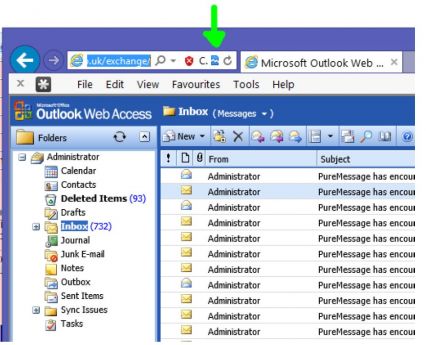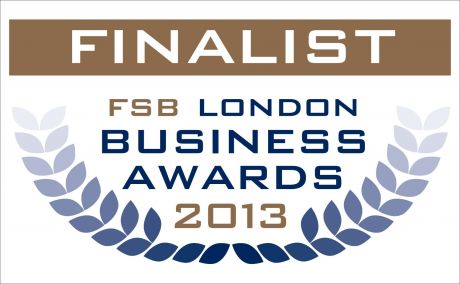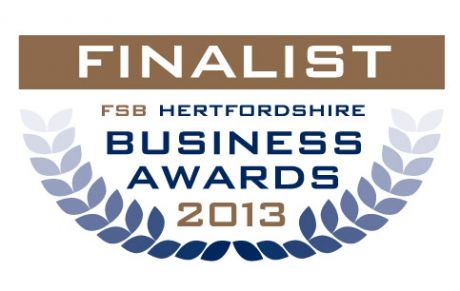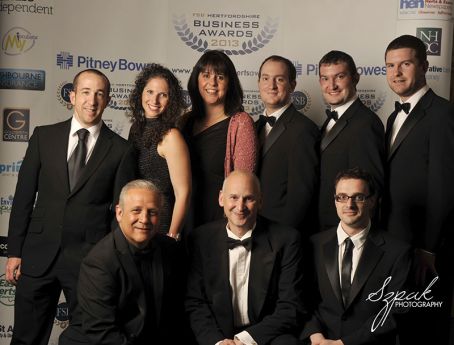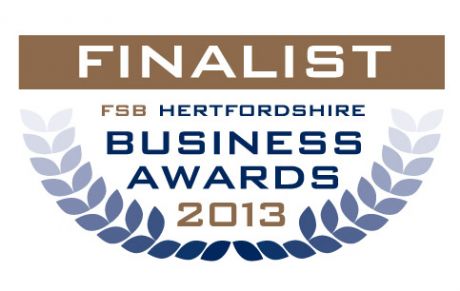
Inside Technica
“It has been a pleasure working alongside each and every one of you.”
Read co-founder David Izen’s heartfelt message to our team, a look back at events from a company started in a garage 15 years ago to where we are today. With a warm message and a virtual glass clink, David considers Technica’s first fifteen years and ponders the next. Read below for the full story:
Jason and I started Technica in 1999 and things have changed quite a bit since then. I wanted to take a moment to mark those first fifteen years and share some thoughts on where we were, where we are and what I hope the next fifteen years will bring.
Back in 1999 we spent a weekend laying laminate flooring in the garage, assembling some B&Q drawer units and bolting some 60cm-wide kitchen worktops to those drawers to provide efficient working space. We could have bought 90cm wide worktops but they needed to be specially ordered so we used a circular saw to chop some extra 60cm units in half lengthways and in-fill the space behind. We moved out nearly five years ago, but the worktops are still standing.
We had some peculiar suppliers back then, particularly Mandy from CCM who was borderline bonkers and made every purchase an experience. I remember getting a great deal on 4x inch-high 1Gb SCSI Hard Drives (just £100 per gigabyte!), one of which is still propping up one of the large wooden side doors. Most of our PC’s came from Big Red Computers, in Southgate, and we were just about still in the days when Big Red, Dan, Mesh, Time and Tiny were valid alternatives to Dell, Fujitsu and HP today. Our turnover at the end of that first year was a little over £200k, less than our monthly credit limit today with Dell, Northamber and Micro-P.
We became a team of three in the summer of 1999 when Jason Kersh joined and he was followed by David Peters a few months later. In January 2003 we wrote to our clients and explained that, because we were now an enormous team of four, they could call on us for instant support and we invited them to take out a support contract where we would charge them a monthly fee rather than just invoice them if and when they needed our help. If I’m remembering correctly, only one client declined the offer. Ian Reuben joined in 2004 followed the same year by Paul Rosen. Julian Freeman started in 2005 followed by Mark Simmons in 2006 and Rob Silva, Michal Zalucki and Stephen Stern in 2008. The next year we welcomed Craig Fisher (the last addition to the team while we were still in the garage) then David Adams and in 2010 Olga Usmanova and David Neilson. In 2011 we had six new starters, Lee Hunter, James Ramsden, Chris Jackson, Vincent Licata, Vanessa Chart and Jerry Forsyth. Liam Shanahan and Mottie Monheit joined in 2012, and in 2013 we welcomed Gwain Weiman, Siobhan Newton, Louise Noonan and Chris Buglass and in 2014 David Pike, Dan Boyce, Daniel Coone, Dan Rios and Ruth Rabin. Somehow we squeezed eight of us into the garage and are eighteen now in Stirling Way.
We had an ISDN line at inception, capable of channel bonding to 128Kb/s. We kept the subnet 192.168.123.x for ourselves and tried to allocate each new client a new subnet, beginning at 192.168.1.x so that we could connect to client networks and avoid conflicting IP addresses. In 2000 we visited Big Red’s offices after they had wangled themselves onto the new ADSL trial, where we watched them download a 1Mb file – a whole Megabyte! – in less than a minute. It was astonishing. We ordered ADSL as soon as it became available. We ran a single server with VPOP3 mail server and used Lotus Organizer and Time & Chaos so that we could support these packages on clients’ systems. At some point in late 2002 or early 2003 we decided Exchange was now a valid mail server alternative and added an SBS 2003 server. Jason wrote us the database that we used to store client information and that recorded server checks, a landmark for us as we began spending time on every clients’ server to prevent issues from occurring, for our clients and our own benefit, rather than wait for clients to bring issues to our attention. All of which is now replaced with N-able and Autotask which we continue to utilise more fully and refine with the developers’ and communities’ help. The benefits remain identical, the level of sophistication could be from a different planet.
The offices in Stirling Way were bought in the Autumn of 2008 and we eventually moved in, once they’d been fitted out, in October 2009. We closed up at the end of Friday and moved some of the PCs and stock over the weekend and started work on the Monday morning. Once we were sure the new offices actually worked, in terms of internet connectivity, telephones and connection to client sites, we moved the rest of the PCs so service to clients was never even momentarily interrupted. I think it was the weekend prior to moving in when I was dropping some gear off and found the warehouse ankle deep in water; the mains water inlet pipe in unit 5 had split and the water had run under the raised floor in the kitchen, build area and board room to the warehouse. Beyond any doubt the offices slope from right to left (unit 4 to 5) and back to front. We had around 30 new PC’s stacked up and thankfully even those at the bottom were clear of the water by masses of polystyrene protection.
Just as the team has continued to grow so has the client base. I guess it’s a natural path for any IT company that doesn’t plateau, but the team grow in size, sophistication and skillset and the client list increases in terms of overall numbers but size and sophistication too. Each year we’re supporting larger and more complex set-ups and (it seems and I very much hope….) all enjoying the challenge. One of the parts of the business I most enjoy is seeing us continually strive to remain proactive and avoid falling into the reactive trap of convincing ourselves that we’ve somehow ‘cracked’ support and can now focus on just keeping existing systems running. Instead, we’re spending more time on R&D, finding time to investigate and experiment with new technologies and software so that we can recommend them to existing clients and support them at new clients. IT never stands still and it’s satisfying to see the team as a whole continually yearning to learn more and provide an ever-improving service and level of expertise across so many areas.
In fifteen years I like to feel we’ve always, as a team and as a business, conducted ourselves the right way. I don’t recall ever falling out with a supplier and can only think of two or three occasions where it’s been clear we would never see eye-to-eye with a client and ensured we handed responsibilities over as efficiently as possible. I think these foundations of the business are extremely solid, which leads me into predicting exactly what we hope to use those foundations for in the coming fifteen years.
There have been various moments since we began that stand out incredibly clearly, almost like waypoints. Buying the offices was one, Craig joining and adding an entire sales, marketing and business focus, completely lacking before, was another. One was sending out the letters requesting that clients who had only paid for our time when they needed our services but were now being asked to pay to have us on call – and the amazingly positive response we received. The day we began server checks from the database and truly became proactive was a fourth – something we could only afford to do because of those monthly retainers. At each of those occasions it was surprisingly clear that the decision we were about to take was undoubtedly the right one. It’s equally clear what our direction from here should be, although there are different ways of getting there.
We currently have a team of eighteen, thirteen technical, supporting one hundred and fifty clients, one hundred of whom are on managed service contracts, the remainder being block clients. At the moment, although we have various skillsets and various levels of experience and expertise across so many areas of IT, we behave more as a unified team contributing equally to the cause of looking after our clients.
How much more efficient and how much better a service could we offer, however, if that team of eighteen was a team of thirty, or fifty, and we had the capacity to focus on our specialities? Imagine if there was a dedicated team running the back office, focussing solely on N-able, Autotask and ticket distribution? A team with capacity that always had time to develop time-saving scripts and to ensure systems were running at absolute efficiency? If the projects team didn’t also spend their time on general support and were able to spend time focussing on delivering client services, configuring new servers and designing new networks, using hardware that was ordered and built by the specialist procurement division? How about support teams that specialised in small, medium or large clients, or focussed on Windows, OSX or Linux, or corresponding AV solutions? Imagine a team whose priority was IT strategy and planning, and one dedicated to new business integration, another for DR and backup strategies.
The potential efficiency gains are enormous and if we can be more efficient then we can offer an even better service to clients. I don’t know if we get there through merger or through acquisition or if we continue to add quality team members the way we have in the first fifteen years. Greater specialisation will undoubtedly be our next critical waypoint and the start of a new, exciting chapter.
Something I can say for sure is that it has been a pleasure working alongside each and every one of you. Plenty of businesses rely on their personnel to succeed but nowhere can this be more apparent than in IT support where technical skill and ability to provide customer service will differentiate a successful from a struggling business. Without you we wouldn’t be where we are today and we wouldn’t be in the position of wondering how best we realise a fantastic opportunity based on potential.
Here’s to the next fifteen years. I hope they bring you every happiness and success.

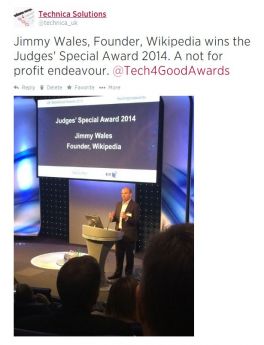



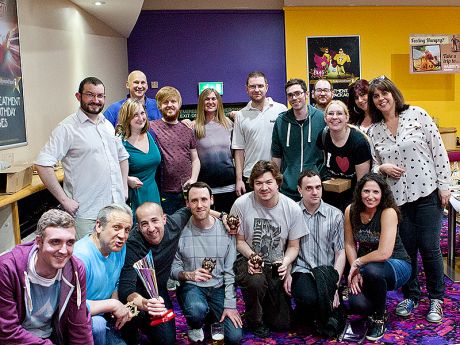
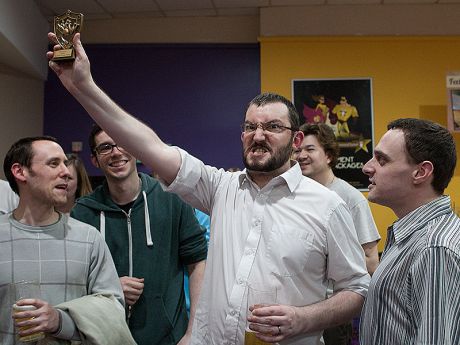


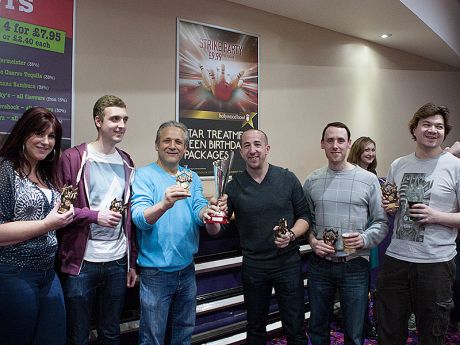

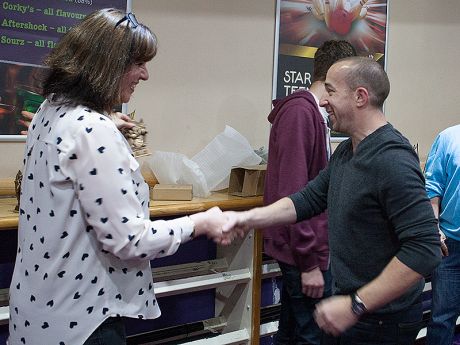


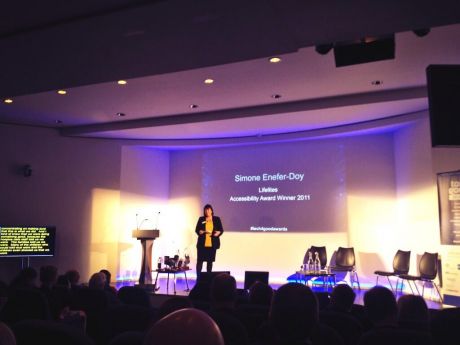
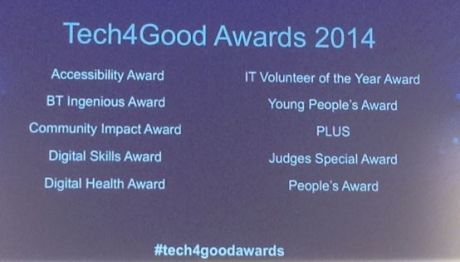
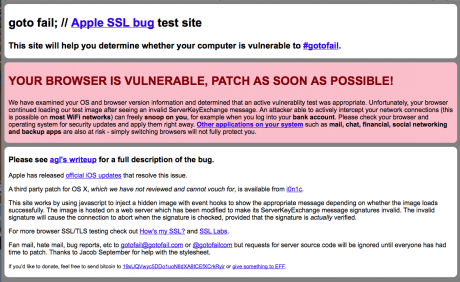
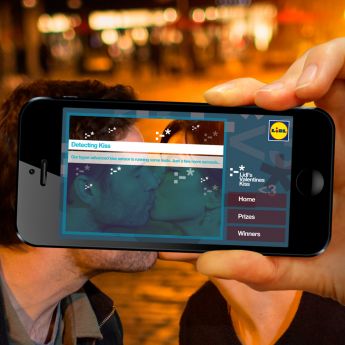



![google-plus-logo[1]](https://www.technicasolutions.co.uk/wp-content/uploads/2015/06/google-plus-logo1.jpg)



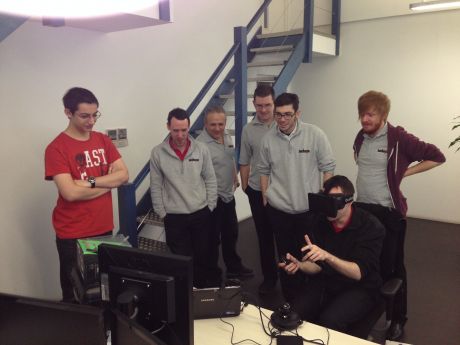
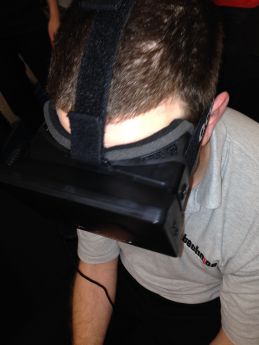
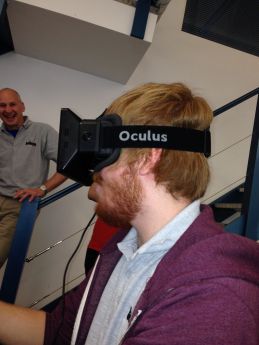

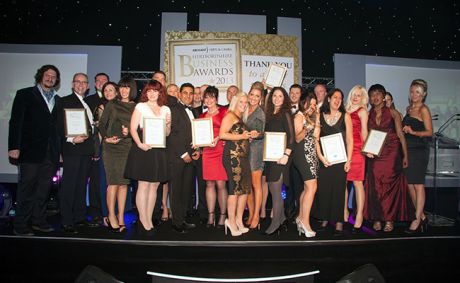
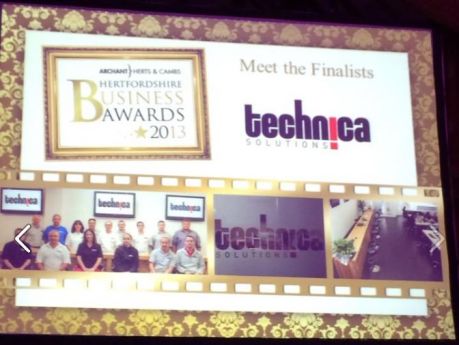




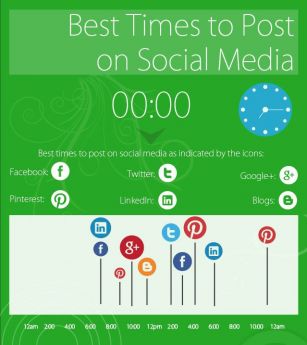

 @AbilityNet
@AbilityNet  Technica Solutions
Technica Solutions




